For many investors, their employer-sponsored 401(k) plan is their primary retirement savings vehicle. Pre-tax, per-paycheck contributions help ensure you are continuously dollar-cost averaging into your investments before you’re paid. Employer matching contributions incentivize you to participate. Finally, high contribution limits can allow you to make great strides toward achieving your goals. It’s easy to participate. However, plan participants are still left with the daunting decision of asset allocation—deciding the mix of assets for their portfolio.
Most 401(k) plans will have a lineup of several mutual funds which participants can choose from. Investment choices will often be categorized by size — small-cap, mid-cap and large-cap — and often by style — value, growth, international and bond funds. Investors are also often presented with a target-date fund, which tailors your investment mix within the fund to compliment your expected retirement date.
Target-date funds employ a mix of stocks, bonds and cash equivalents, that adjust by growing more conservative as the specified date gets closer. These funds are sold as a “one-size-fits-all” investment—a true “set it and forget it” product. While these are a better default than a balanced fund or money-market fund for those with limited understanding of financial markets, they could be more conservative than necessary.
At Henssler Financial, we recommend 401(k) plan investors still follow a “Ten Year Rule,” keeping money that has a time horizon of longer than 10 years in mutual funds or exchange-traded funds that invest in equities, as younger investors generally have time on their side to ride out any downturns in the market. Individuals who are within 10 years of retirement and have their assets tied up in a 401(k) plan should begin shifting the money needed to cover known spending needs in retirement to bond funds offered within their plan. The reason is that this money should be protected from the volatility of the equity markets.
Even with this guidance, that still leaves most investors with multiple investment options to choose from. Many 401(k) plans hire investment advisers who provide education and advice for plan participants, which makes this resource the perfect place to start. Often a plan’s third-party adviser may have recommended model portfolios that are created to cater to a financial goal or level of risk. Some companies go above and beyond and have these advisers provide financial consulting services to employees as part of the benefit package. By working with an adviser, you can create a portfolio that coordinates with your goals, risk tolerance and other investments outside of your plan.
While you don’t have to monitor your 401(k) balance daily, you should check in at least every six months to evaluate how your investments have performed. You’ll also want to rebalance by selling shares of overweight funds and reinvesting the proceeds into underweighted funds, to stay in line with your intended investment mix. Checking in periodically also allows you to make tactical moves by shifting funds toward value or growth depending on the economic cycle.
Finally, don’t forget your 401(k) investments at old employers. You’re always able to roll your money into an IRA and sometimes into your current employer’s plan.
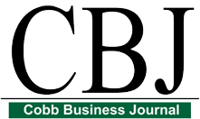





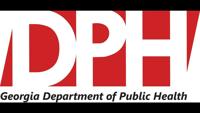

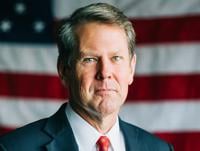
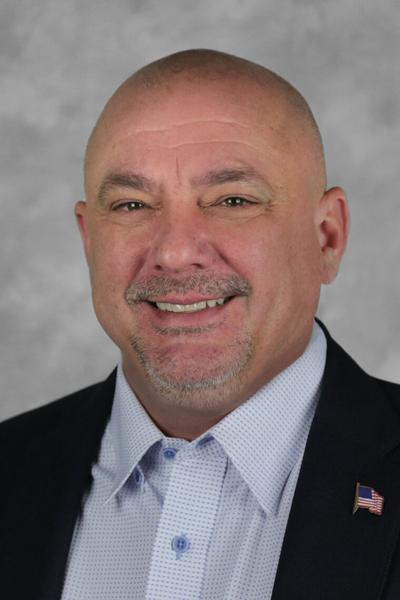
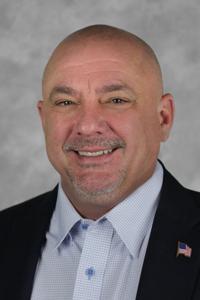
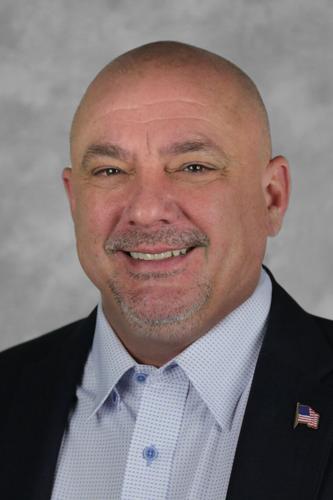
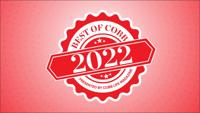




(0) comments
Welcome to the discussion.
Log In
Keep it Clean. Please avoid obscene, vulgar, lewd, racist or sexually-oriented language.
PLEASE TURN OFF YOUR CAPS LOCK.
Don't Threaten. Threats of harming another person will not be tolerated.
Be Truthful. Don't knowingly lie about anyone or anything.
Be Nice. No racism, sexism or any sort of -ism that is degrading to another person.
Be Proactive. Use the 'Report' link on each comment to let us know of abusive posts.
Share with Us. We'd love to hear eyewitness accounts, the history behind an article.